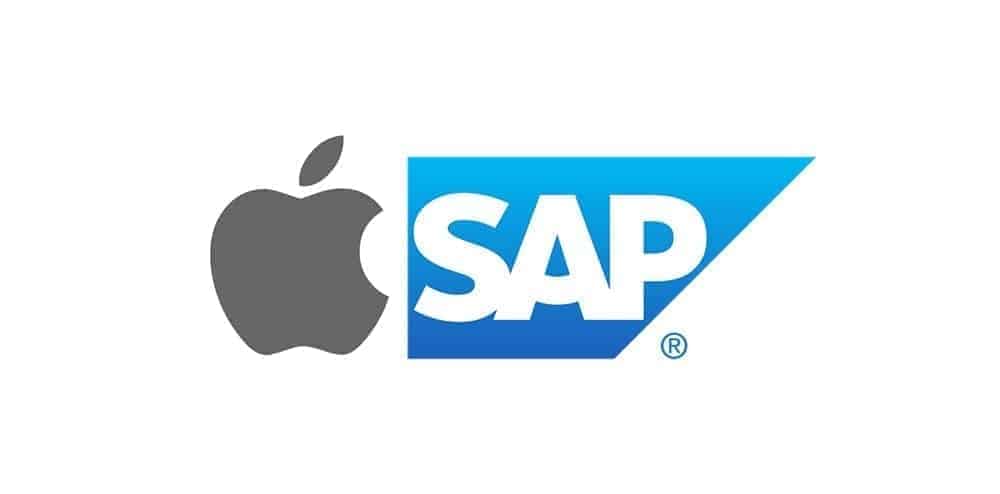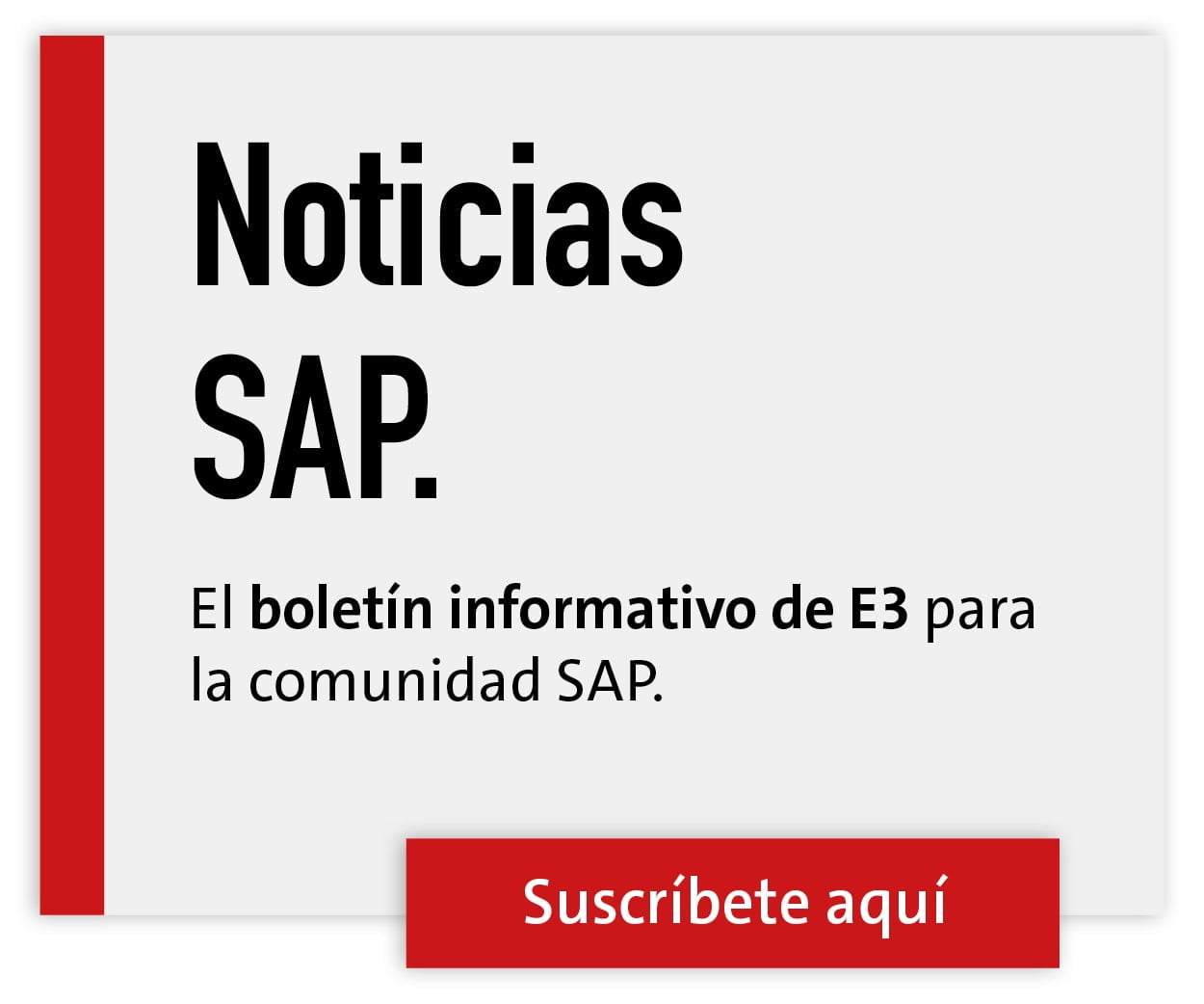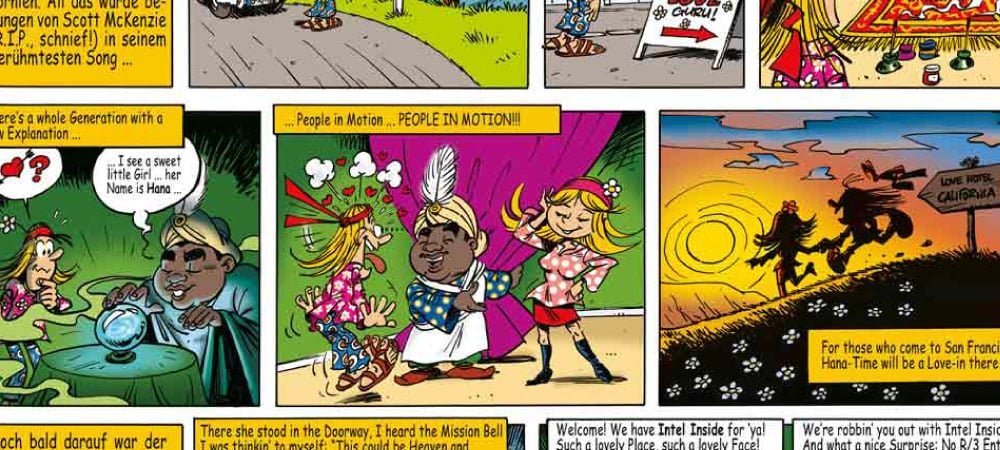Apple and SAP


 According to the latest figures, Apple definitely needs a perspective for the iPad and iPhone; after all, the minimally improved tablet and smartphone remakes from Cupertino have long since ceased to trigger a buying frenzy.
According to the latest figures, Apple definitely needs a perspective for the iPad and iPhone; after all, the minimally improved tablet and smartphone remakes from Cupertino have long since ceased to trigger a buying frenzy.
And in Walldorf, the mood is no less gloomy: In order not to lose even more customers to smaller, more agile and more innovative garage start-ups, SAP must offer users of its enterprise software in the age of cloud applications from Salesforce, Trello, Slack and Co. a user-friendly perspective that does not resemble the look and feel of the 1980s of the last century.
But where is real innovation hidden in the announcement? Actually, it should be a matter of course nowadays that mobile is always thought of as well, if not first. And this applies to every application that is newly developed or updated.
Apps from the gaming and private sectors have shown what user-friendly, intuitive interfaces and applications should look like today. SAP and Apple should take their cue from them.
They should offer interfaces and programming aids that make it easy to develop enterprise software for mobile devices and make it fit for the app store. They should understand standards as a basis and design their own development environment accordingly to be future-proof and open for all, no longer proprietary and backward-looking.
Considering that Apple's iOS only has a market share of 17.7 percent for smartphones (Gartner Q4/2015), SAP is virtually voluntarily cutting itself off from 80 percent of the market that runs on Android.
Or, seen the other way around, the one-sided approach of the IT dinos leaves quite a few customers without Apple hardware out in the cold and will at best lead them to switch to more future-oriented systems from the competition.
Anyone who combines two proprietary legacy systems is trying to keep their products on the market by force on the backs of millions of users (and business customers). This strategy may be nicely packaged to trigger short-term euphoria, but innovation, sustainability, and customer orientation are truly not apparent.







